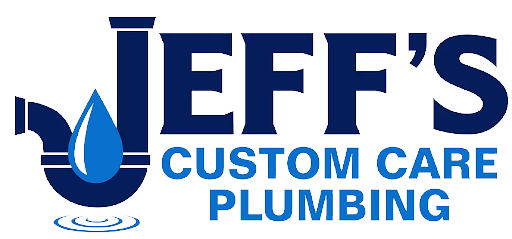Around half the homes in the country have garbage disposals and have had them for over two decades. But there are still many myths out there about how to properly use and clean your home’s garbage disposal. While these are handy features for most homeowners, misusing them can lead to some costly plumbing issues. Fortunately, we will remove the mystery surrounding the common garbage disposal myths and cleaning practices to help homeowners avoid some expensive mistakes.
The Many Myths
First, we will address some of the most common myths about garbage disposal use. By avoiding some of this false information and following some genuine care and cleaning tips, you can expect to get about a decade of use from the average residential garbage disposal.
- Garbage disposal blades can be sharpened to improve their performance. This is entirely false because garbage disposals do not have blades. Instead, they have shredding impellers or teeth that grind food waste into tiny bits. So don’t believe anyone who tells you to stuff ice cubes or eggshells into your garbage disposal to sharpen the blades. The absolute truth is that eggshells should never be placed into a disposal because the sticky membranes become tangled in the grinder, clog your drains, and create that nasty rotten egg odor emanating from the drain.
- Only use hot water when the disposal is running. Hot water offers no real benefit when you are washing food particles down the drain. It only costs you more money to heat the water. This wives tale dates back to the early days of disposals when it was thought to be acceptable to wash grease down the sink drain. The hot water was said to keep the grease in liquid form to wash it out of your home’s drain lines. But in reality, cold water is better. It turns the grease and oil into a solid that will wash away rather than the liquid that coats the drain line inside to create sticky clogs.
- Lemons clean your garbage disposal. Again, this is false. The citrus can make the disposal smell better, but it has no cleaning properties. What it has been found to do is corrode the metal inside the disposal after repeated use.
- Disposals can handle any food waste. This is false and a somewhat costly misrepresentation. Hard foods like popcorn kernels and bones can damage the grinder. Fibrous waste like banana peels, corn husks, and celery stalks get tangled around the impeller and often result in nasty disposal and drain clog. And starchy foods like rice and potatoes expand to create concrete-like clogs. Limit waste in the disposal to small bits of food rinsed from dishes and cookware.
Cleaning Tips
- A cup of baking soda poured down the drain, followed by a cup of vinegar, is the best way to clean your disposal. Let the bubbles lift away the grime, and then wash it down the drain.
- Cleaning your disposal every other week will help eliminate clogs and jams that might require the services of a licensed plumber to remove. Using the vinegar and baking soda cleaning method will also help control offensive odors.
- Rinsing away food waste after each use is the best way to avoid costly clogs. Let the water run for about a minute after turning off the disposal to flush away all food waste and debris.
If you have any clogs or issues that you cannot clean on your own, call (262) 710-2808. The licensed plumbers at Jeff’s Custom Care Plumbing are experts at garbage disposal repair and clog removal.

